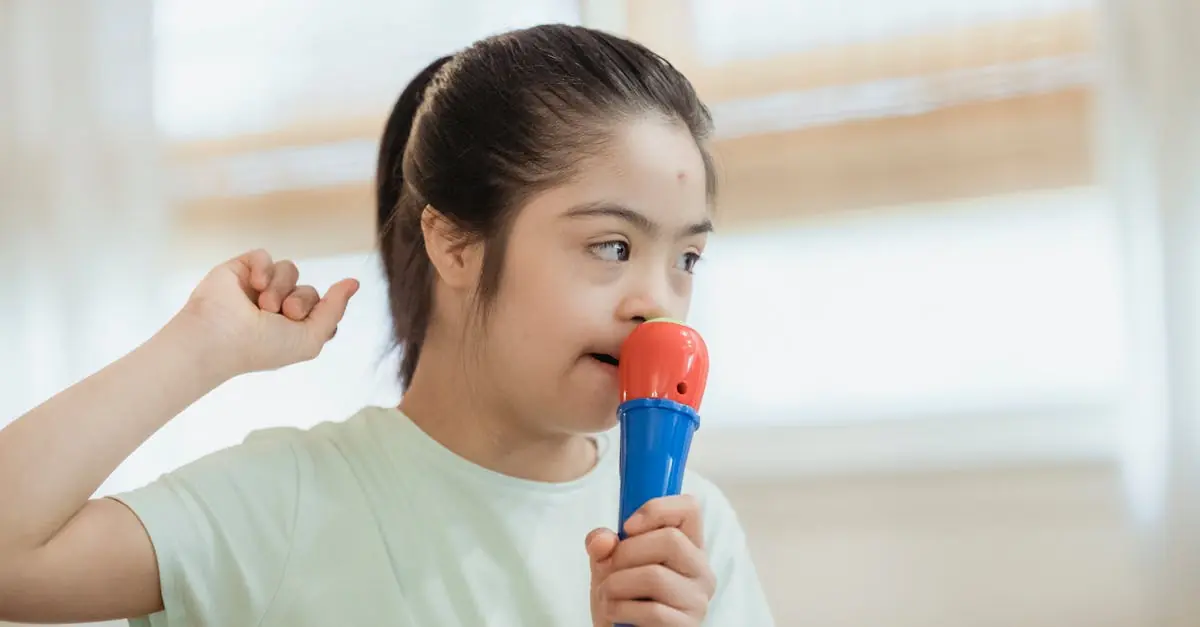When it comes to keeping care home residents engaged, boredom doesn’t stand a chance. With a sprinkle of creativity and a dash of laughter, activities can transform everyday life into a vibrant adventure. From arts and crafts that unleash hidden talents to games that spark friendly competition, there’s no shortage of fun waiting to be discovered.
Imagine a room filled with laughter as residents channel their inner Picasso or challenge each other in a spirited game of bingo. These activities not only boost morale but also foster connections among residents, creating a sense of community that feels like family. So, let’s dive into a world of engaging activities that bring joy, laughter, and a little bit of mischief to care home life. After all, who says growing older means growing dull?
Table of Contents
ToggleImportance Of Activities For Care Home Residents
Engagement in activities significantly enhances the quality of life for care home residents. Regular participation in creative pursuits like arts and crafts fosters mental stimulation and a sense of accomplishment. Cognitive exercises, such as puzzles or games, improve memory recall and critical thinking skills.
Communal activities encourage socialization, reducing feelings of isolation often experienced by residents. Establishing connections among peers promotes a familial atmosphere within the care home. Shared experiences, like group outings or music sessions, fortify bonds and create lasting memories.
Physical activities, including light exercise or chair yoga, contribute to overall health and well-being. These activities maintain mobility and flexibility, which are vital for daily functioning. Engaging in hobbies that residents are passionate about sparks joy and a sense of purpose.
Organizing themed nights or holiday celebrations brings excitement and anticipation to everyday life. These events provide an opportunity for residents to express themselves and showcase their talents, enriching the community culture. Participation in these diverse activities cultivates emotional resilience and satisfaction.
Staff involvement in planning and facilitating these activities adds an extra layer of care and attention. Understanding individual resident preferences ensures tailored experiences, optimizing engagement. Ultimately, embracing various activities leads to happier residents and a more vibrant care home environment.
Types Of Activities
Engaging care home residents through a variety of activities enhances their overall well-being. Exploring these options leads to fulfilling experiences.
Physical Activities
Physical activities improve mobility and health for care home residents. Light exercises, such as chair yoga, help maintain flexibility. Group walks encourage camaraderie among residents. Incorporating simple dance sessions can lift spirits and promote joy. Regular participation in these exercises leads to increased strength and balance. Staff members often guide residents during activities, ensuring safety and comfort.
Cognitive Activities
Cognitive activities stimulate mental engagement and boost memory for residents. Puzzle-solving challenges enhance critical thinking skills. Reading groups spark discussion and enrich social interactions. Board games entertain while demanding strategy and focus. Regularly scheduled trivia sessions can promote learning and laughter. These cognitive activities foster connections and improve overall mental health.
Social Activities
Social activities play a crucial role in building community among residents. Group outings to local events create excitement and new experiences. Theme parties, such as holiday celebrations, encourage participation and interaction. Weekly gatherings for coffee or tea establish routine companionship. Open mic nights allow residents to share their talents and stories. Engaging socially reduces feelings of isolation significantly.
Creative Activities
Creative activities provide rich opportunities for self-expression and enjoyment. Arts and crafts sessions inspire creativity while producing tangible results. Painting classes allow residents to explore their artistic sides. Collaborative projects foster teamwork and enhance relationships. Writing and poetry workshops encourage storytelling and sharing life experiences. These artistic pursuits create lasting memories and a sense of accomplishment.
Benefits Of Engaging Activities
Engaging activities present numerous advantages for care home residents. These activities significantly enhance resident well-being, fostering an environment of enjoyment and fulfillment.
Enhanced Quality Of Life
Engaging activities enhance the overall quality of life for residents. Participation in diverse activities leads to increased satisfaction and happiness. Residents experience heightened motivation, as a variety of activities can cater to individual preferences. Increased social interactions create stronger relationships among residents and staff. Engaging in group activities fosters collaboration and communication, promoting unity. Physical activities, like walking or chair exercises, contribute to better mobility, thus improving daily functioning. Consistent engagement in meaningful pursuits reduces feelings of loneliness, enriching everyday experiences with purpose.
Improved Mental Health
Mental health benefits arise from regular participation in engaging activities. Structured cognitive exercises, such as puzzles or games, enhance mental stimulation and combat memory decline. Socializing through engaging activities fosters a sense of community, which combats depression and anxiety. Positive interactions during these activities encourage emotional support among residents. Activities that spark creativity, such as painting or writing, provide therapeutic outlets for expression. Improved mental health outcomes reflect in residents’ overall happiness and well-being, leading to a vibrant care home atmosphere.
Tips For Implementing Activities
Engagement is crucial in care home settings. Implementing activities that resonate with residents involves understanding their unique preferences and backgrounds.
Tailoring To Residents’ Preferences
Gathering information about residents’ interests enhances activity planning. Conduct surveys or informal conversations to discover hobbies and pastimes. Observing residents can also provide insights into what they enjoy. Customizing activities based on these preferences increases participation rates. For instance, organizing a gardening club for those who love nature nurtures a sense of belonging. Adapting creative workshops to include favorite art styles promotes self-expression and joy. Lastly, flexibility in scheduling allows residents to choose when they participate, ensuring that their needs and wishes lead the planning process.
Involving Staff And Family
Including both staff and family in activity planning enriches the experience for everyone. Staff can share knowledge about residents’ preferences while contributing ideas for engaging activities. Family members often offer valuable perspectives on their loved ones’ interests. Encouraging staff to participate in activities fosters connection and builds relationships among residents. When family members join themed parties or outings, they create lasting memories together. Establishing open communication between staff and families ensures that all parties remain aligned in their objectives. By collaborating, care homes can cultivate an inclusive environment that benefits residents, staff, and families alike.
Engaging care home residents in a variety of activities is essential for enhancing their quality of life. By offering opportunities for physical, cognitive, social, and creative engagement, care homes can foster a vibrant community that promotes well-being and happiness. Tailoring activities to individual preferences ensures that every resident feels included and valued.
The positive effects of these activities ripple through the entire care home environment. Residents experience increased satisfaction and improved relationships with both peers and staff. Ultimately, prioritizing diverse and meaningful activities transforms daily routines into joyful experiences that enrich the lives of those in care.




